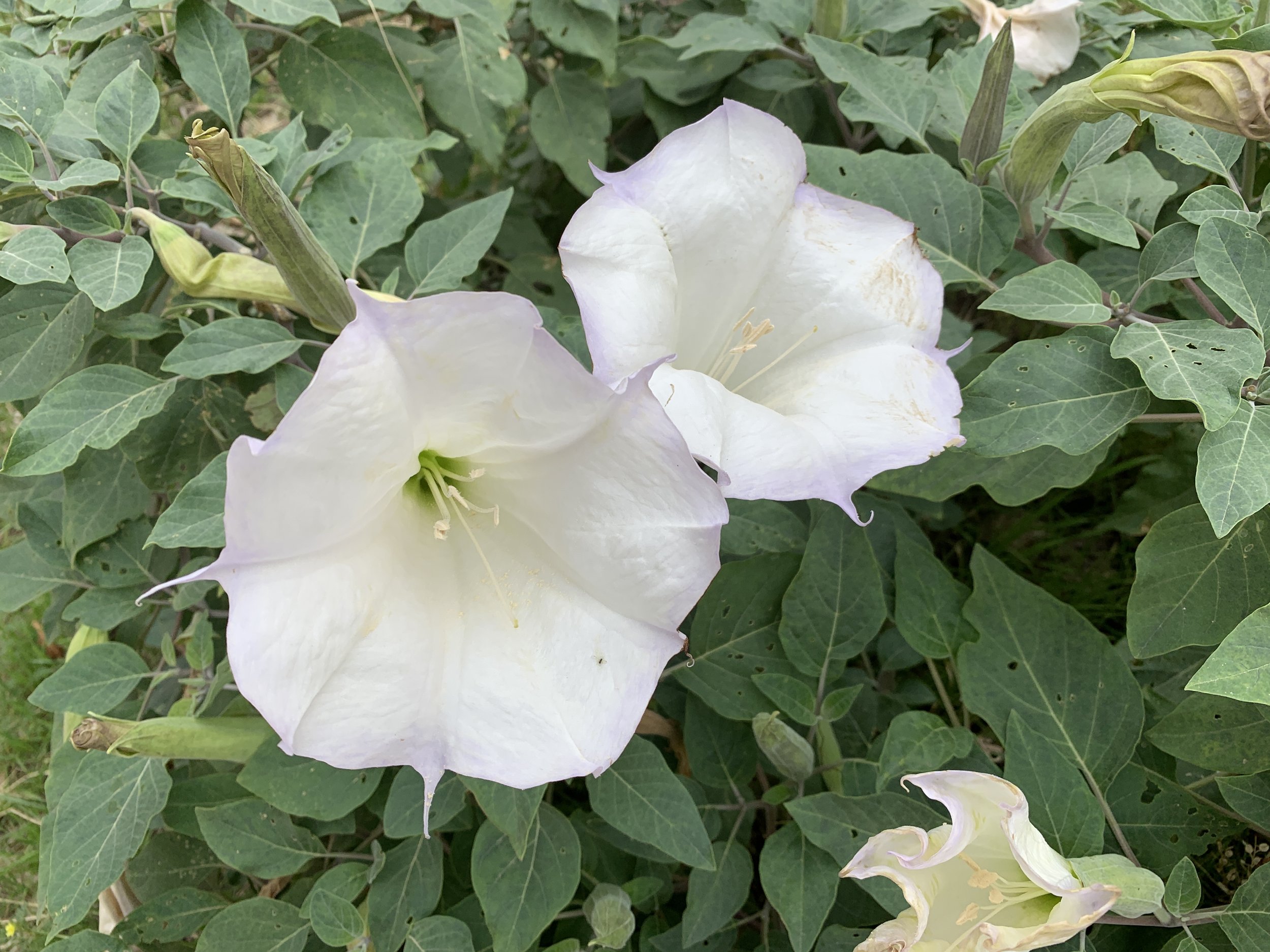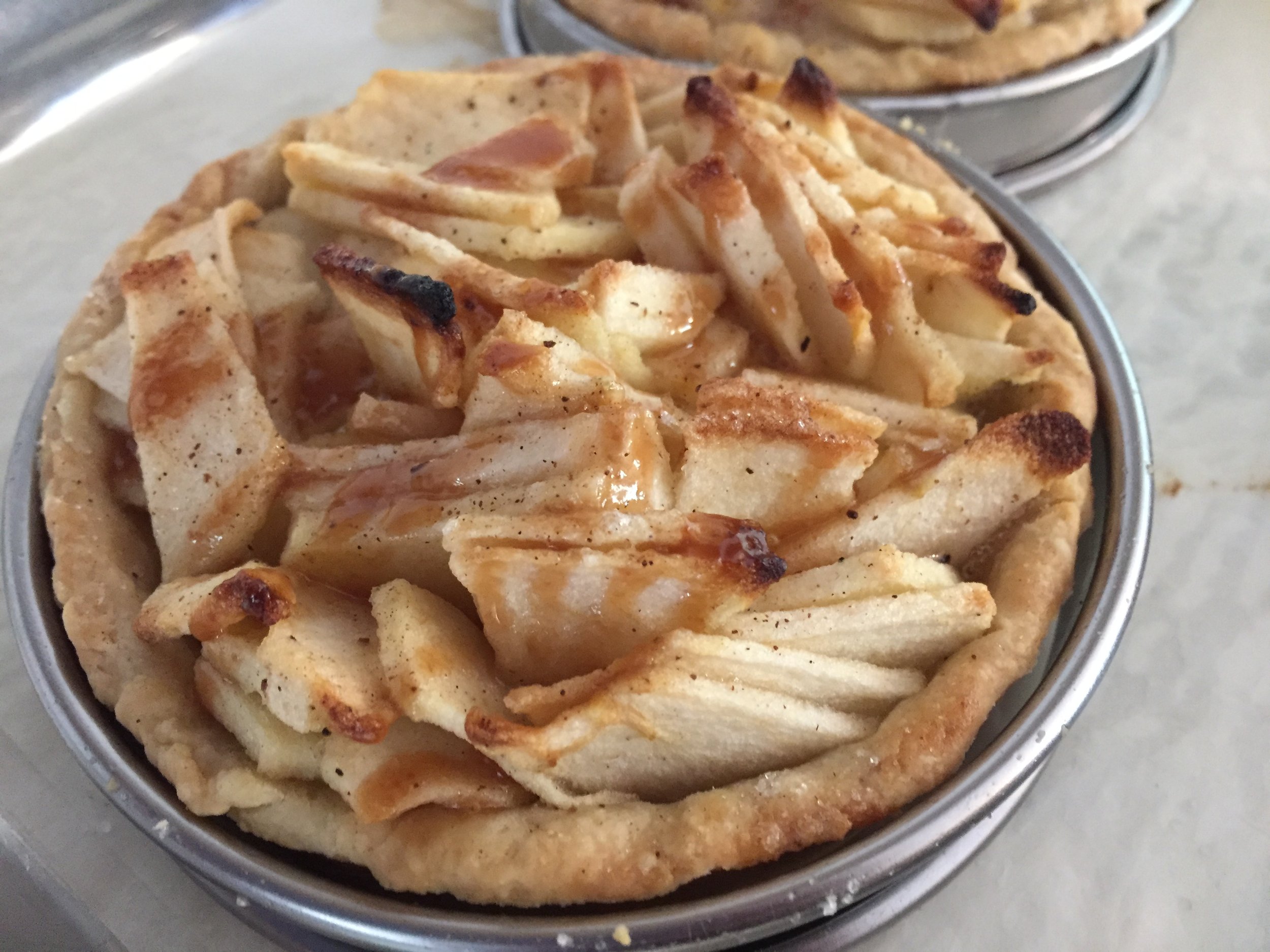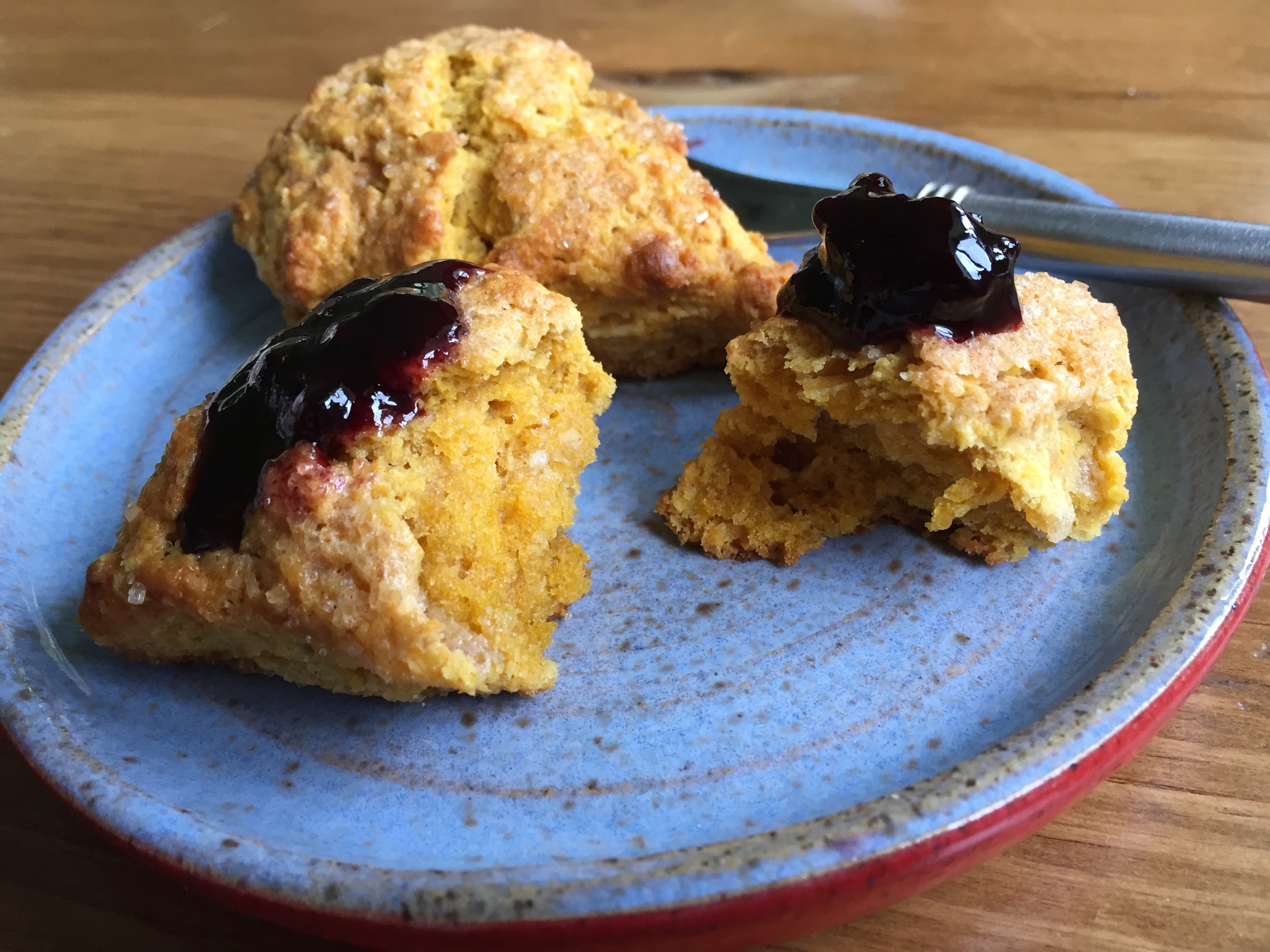It’s baking season!
/Zion lodge and the afternoon light
Yes, it’s officially autumn as of 2:50 am today, September 23! My absolute fave time of year, and baking is on the agenda. Even though It’s time to polish up my recipes and game plans for a number of classes and demo presentations on the fall calendar, there are other things I can’t ignore. Every now and then it’s fair game to veer off course a bit, eh?
If you’ve followed this blog for awhile, you know my penchant for sharing the beauty of nature. I love baking, but I also love walking and seeing the flora changing from season to season, whether in someone’s garden I happen to pass or out along the paths where wildflowers grow.
Roadside asters near the grand canyon
Back in 2020 Steve and I were planning a trip to Zion, Bryce and the Grand Canyon but had to postpone due to COVID. Well guess what - we just returned from that SW trip as a prelude to launching into fall activities. What grandeur and spectacular beauty. Pictures can certainly give you a hint, but you really have to see it in person to soak it all in.
OK - I admit this post isn’t really about autumn baking (although I’ll mention a couple favorites toward the end) but about experiencing just some of the different trees and flora of the SW. Prickly pear, juniper, scrub oak, desert holly, all of which tolerate dry conditions and are much more rugged and tough than plants in the midwest.
Prickly pear cactus
Juniper Berries
Desert Holly I think
Another oft seen bloom, particularly in Zion, was datura, a large white trumpet flower. Turns out this one is highly poisonous, belonging to the nightshade family, also referred to as jimsonweed, moonflower and thornapple. Whoa!
Datura - watch out!
Zion was my favorite - you gotta go!
So what are you thinking about baking this fall? Apples, pears and berries are all fair game.
Go as simple as a pâte brisée lined open tart ring, load in apple slices tossed in a squeeze of lemon juice and just a bit of sugar and flour, bake until golden then drizzle some cider caramel over the top. Add a scoop of vanilla ice cream and you’re good to go.
Don’t forget pumpkin, nuts, chocolate. How about a delish pumpkin financier?
Pumpkin financier
Or a buttery, crumbly pumpkin scone? And that’s just scratching the surface.
Pumpkin scone
Scroll through my blog for more ideas and have a blast with your own autumn baking. I know I will.
Lovely dahlia at nearby meijer gardens






















